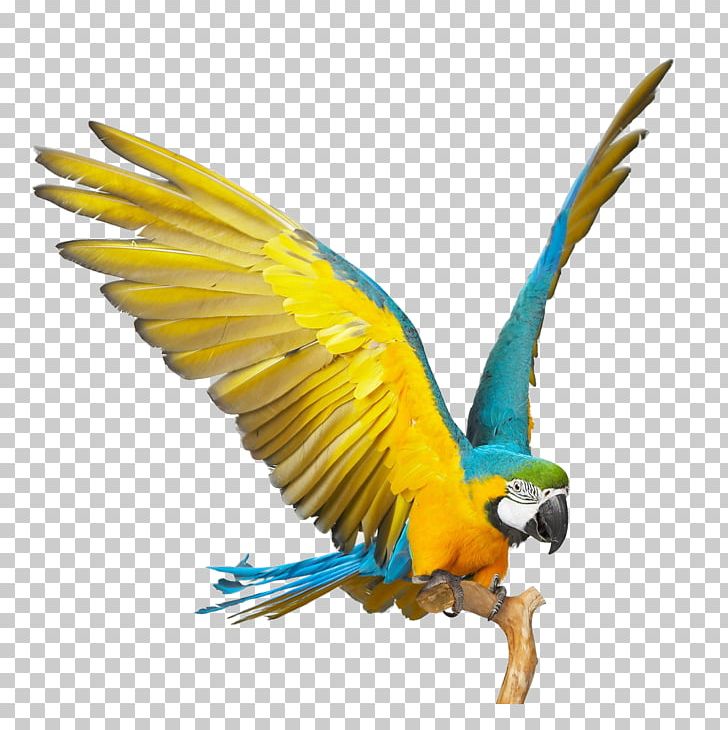Be Golden as gold mine & Green as leaf
carpe diemBe Golden as gold mine & Green as leaf
carpe diemBlue-and-yellow Macaw
Blue-and-yellow Macaw

Adult has blue upperparts, including hind crown, wings and tail
On the underparts, chin and throat are black. Neck sides, breast,
belly and vent are golden yellow. Underwing coverts are yellow, with
duller flight feathers. Undertail coverts are blue. Graduated tail is
gold with buff-tipped feathers.
On the head, fore crown and top of the crown are green.
Blue-and-yellow Macaw has white lores and face, with fine lines of short
black feathers. White face can become pink when bird is excited.
Strong, hooked bill is blackish. Eyes are yellow. Legs and feet are dark grey.
Both sexes are similar

Blue-and-yellow Macaw performs destructive chewing to bark or other
plant matter. They can travel long distances for feeding, and young
bids follow the adults, in order to learn how to find food. In open
areas, they can feed on ground, by picking fallen nuts, but they feed
mainly in treetops where they are protected.
Blue-and-yellow Macaw is resident in its range. It performs some
seasonal movements in rainy season, and daily long-distance flights
between communal roosts and feeding areas.
Juvenile resembles adults, but it has shorter tail, and its eyes are grey. It reaches its sexual maturity at 3 or 4 years of age

Blue-and-yellow Macaw, as other macaws, eats clay and minerals on
riverbanks. These macaws feed on several plant species, including toxic
plants. To eat clay allows them to digest the poisonous contained into
fruits and seeds of these plants.
But usually, Blue-and-yellow Macaw feeds on fruits or some parts of
them, nuts, berries, blooms, leaves, and flowers of Combretum. Its
favourite seeds come from Hura crepitans trees
Blue-and-yellow Macaws are threatened by habitat loss
for agriculture. Collect of birds, young and adults, for trade to
Europe and North America has serious effect on populations in wild.
Blue-and-yellow Macaw’s predators are birds of prey such as Harpy
Eagle, Hawk Eagle and Orange-breasted Falcon. They can attack macaws
when in flight.
Programs of conservation include building of artificial nests,
because competition for cavities is a threat more for this species.
Bird specialists also try to remove the second chick from the nest,
in order to raise it instead to leave it to die by starvation.
However, Blue-and-yellow Macaw populations are not listed as
endangered, but they are in real decline in some parts of the range.
Fr: Ara bleu
All : Ararauna
Esp : Guacamayo Azulamarillo
Ital : Ara ararauna
Nd : Blauwgele Ara
Russe : Синежёлтый ара